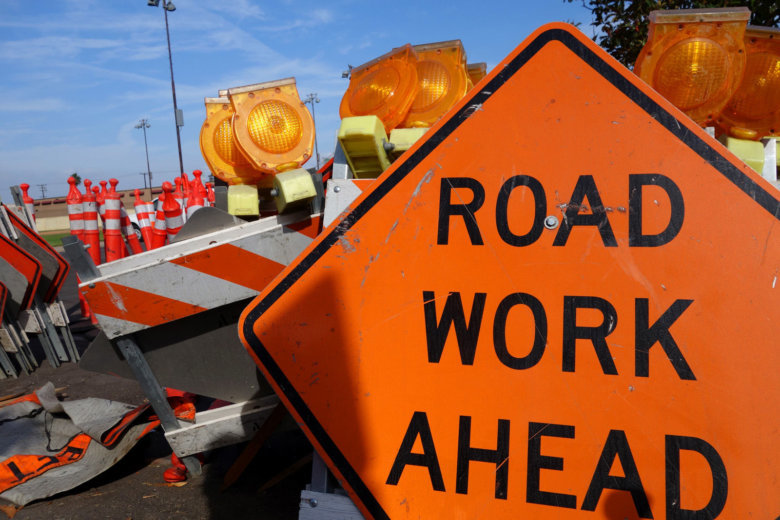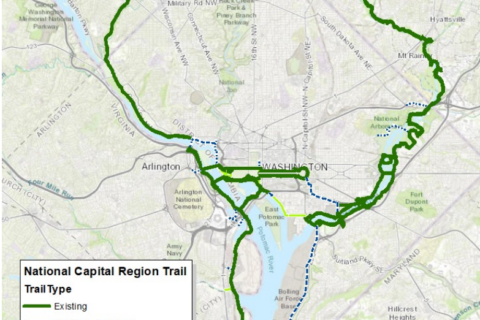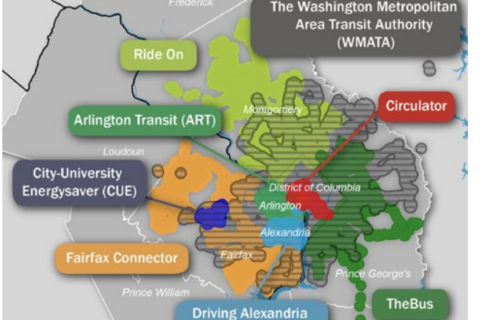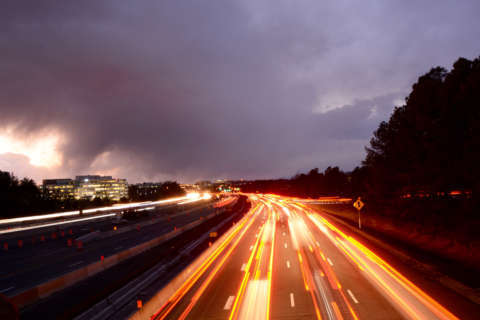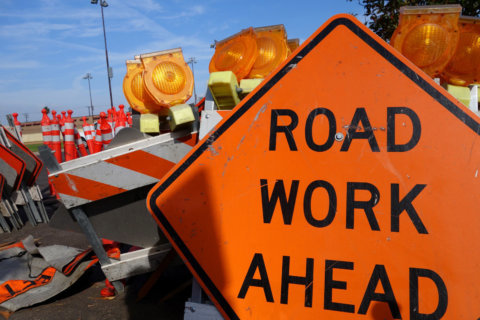
WASHINGTON — This weekend is the last chance to weigh in on how the Washington region will deal with traffic, transit and any other way to get around for the next 25 years.
The region’s transportation plan, called Visualize 2045, includes more than 300 projects that local, state or regional agencies believe will be completed between now and 2045. For the first time, a series of broad, ambitious goals meant to shape any additional projects that come up in the future will be included.
Those goals include putting jobs and housing closer together to ease commutes, making it easier to telecommute or take a train or bus, adding toll lanes around the region and completing a 60-mile “bicycle beltway.”
“We already have a pent-up or pending demand to improve our transportation system as it exists today. And then on top of it, with additional people and jobs coming in, there will be more demand for transportation, so Visualize 2045 is an indication of how they plan to address it,” Metropolitan Washington Council of Governments Transportation Planning Director Kanti Srikanth said.
The plan projects 1.3 million more people and 1.1 million more jobs in the Washington region by 2045. It is restricted to improvements that the region’s governments believe could realistically be funded and built by then whether through existing funding streams, new tolls or other changes.
“The plan itself is an indication of their intent,” Srikanth said. “It is really what is planned that we can afford with the money we have.”
That includes some efforts to deal with aging bridges and pavement, how to manage traffic and other policies.
In addition to offering feedback to the Transportation Planning Board by the end of the day Sunday, Srikanth urged everyone who lives or works in the region to also talk to the local jurisdictions that make decisions on each individual project.
“There is some degree of uncertainty, so this plan could very well change,” Srikanth said.
It would next be updated in about four years.
Some of the comments already going in include Fairfax County Supervisors’ endorsement of the plan overall, and specifically Maryland’s plans to add toll lanes around the Capital Beltway and up part of Interstate 270. Fairfax County is also endorsing the idea of an additional Metrorail tunnel under the Potomac between D.C. and Virginia at Rosslyn.
Other comments seek more options to cross the river between Montgomery and Fairfax counties — such as public transit between areas like Rockville, Bethesda and Tysons or another roadway bridge over the Potomac River north of the Legion Bridge. Such a bridge has been supported by Fairfax and Loudoun counties, but rejected by Maryland and Montgomery County.
People working on bike and pedestrian improvements also want a more visionary goal for bike trails, and pedestrian safety across the region to be sure there are real and safe options available to get around in the future in a way that is more accessible to everyone.
“A successful long-range plan needs to put biking, walking and transit at its core. If we want to achieve our environmental, air quality and sustainability goals as a region, we need to be much more forward-thinking in planning for people who bike and walk,” Katie Harris of the Washington Area Bicyclist Association wrote.

